Swipe to see more
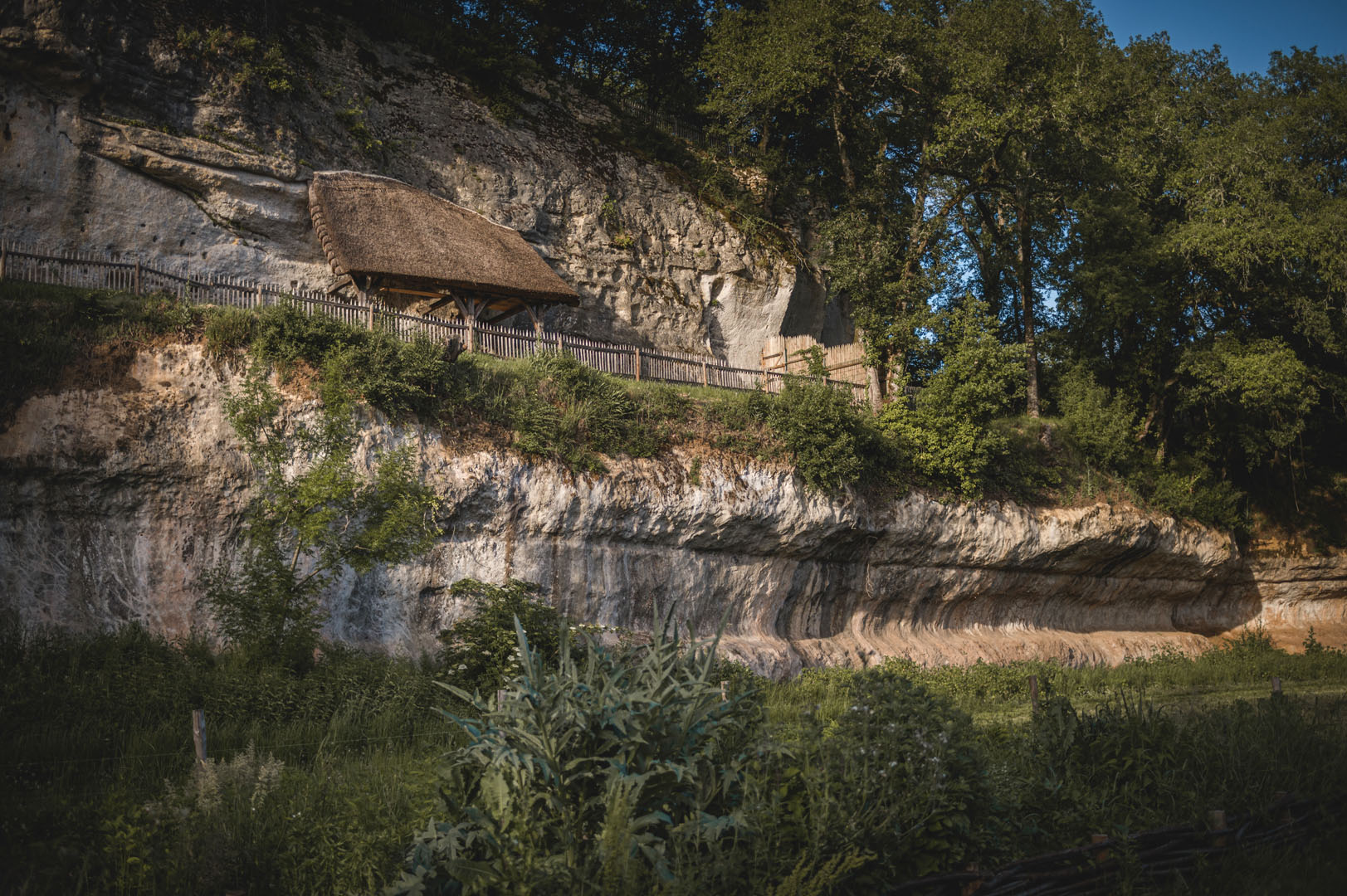
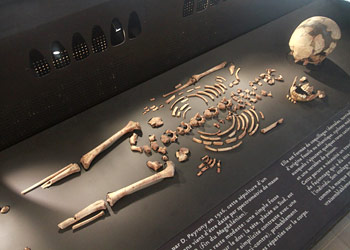
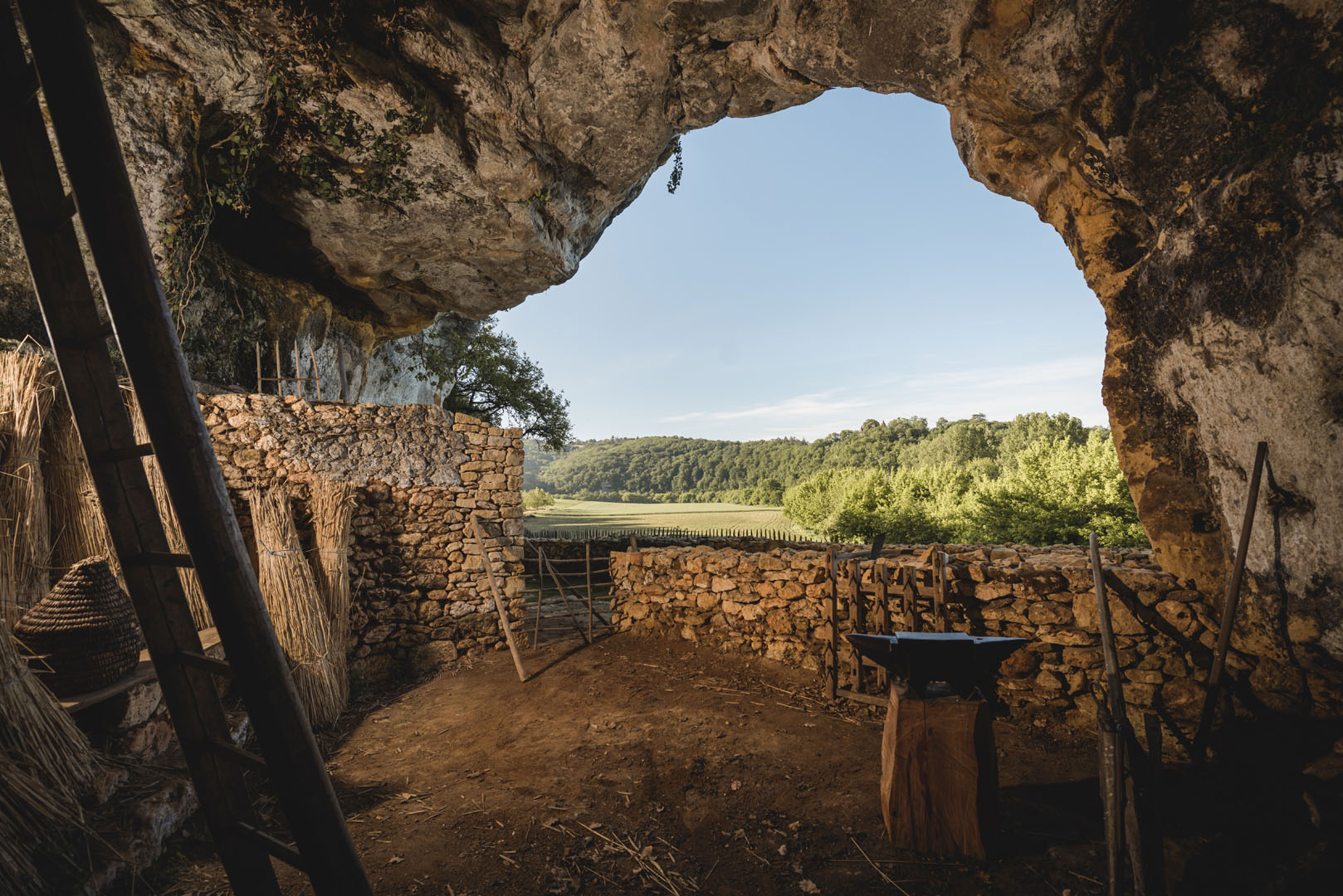

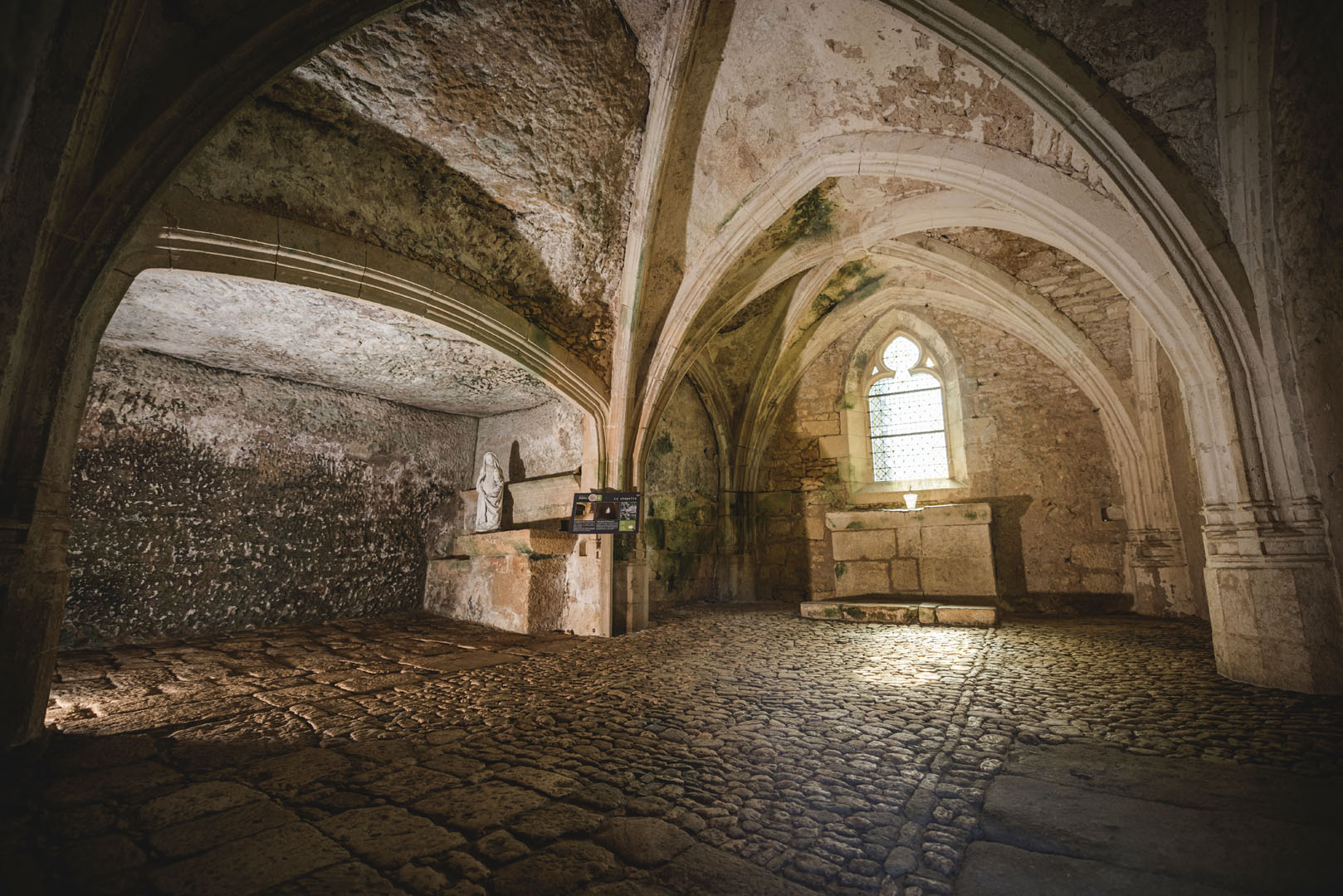

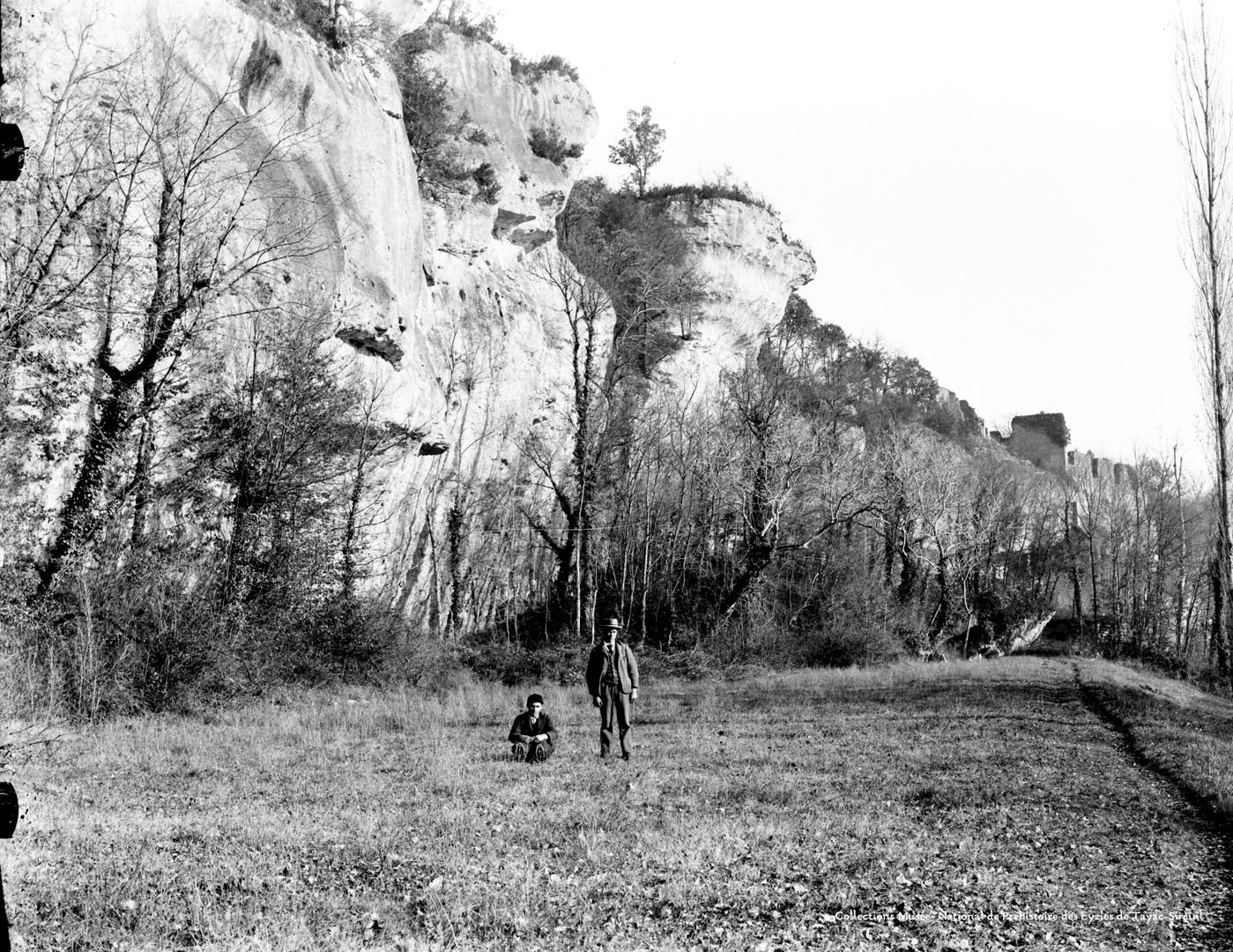




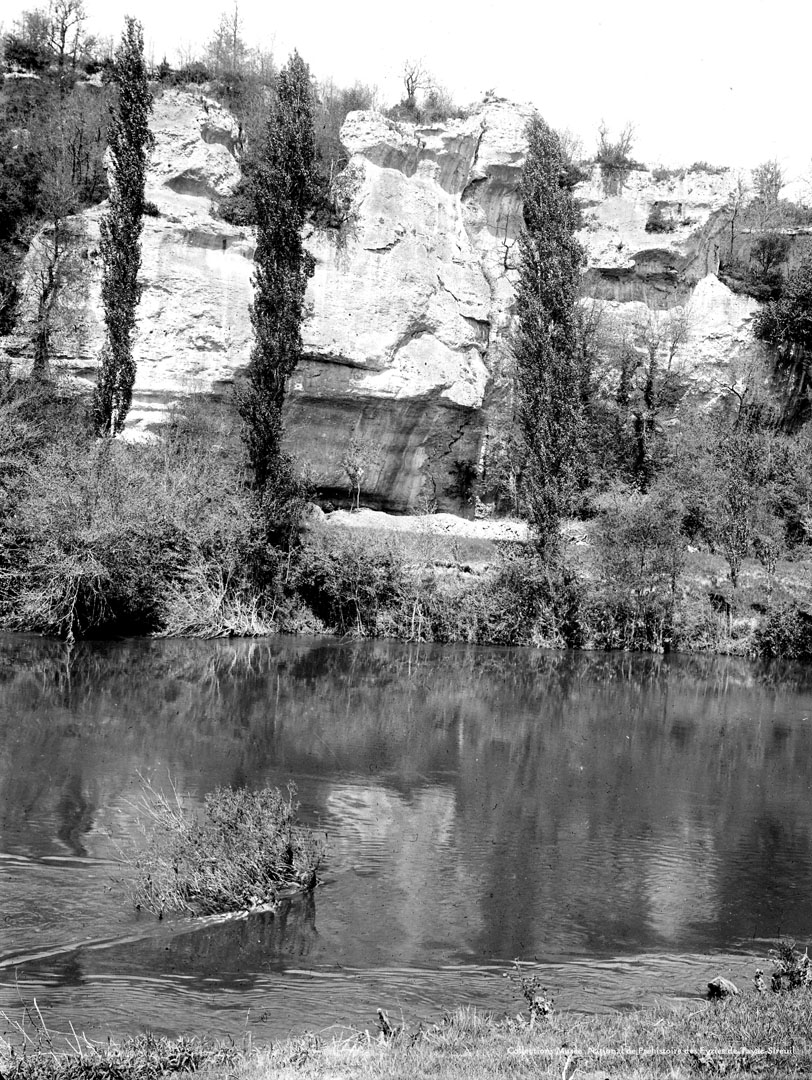

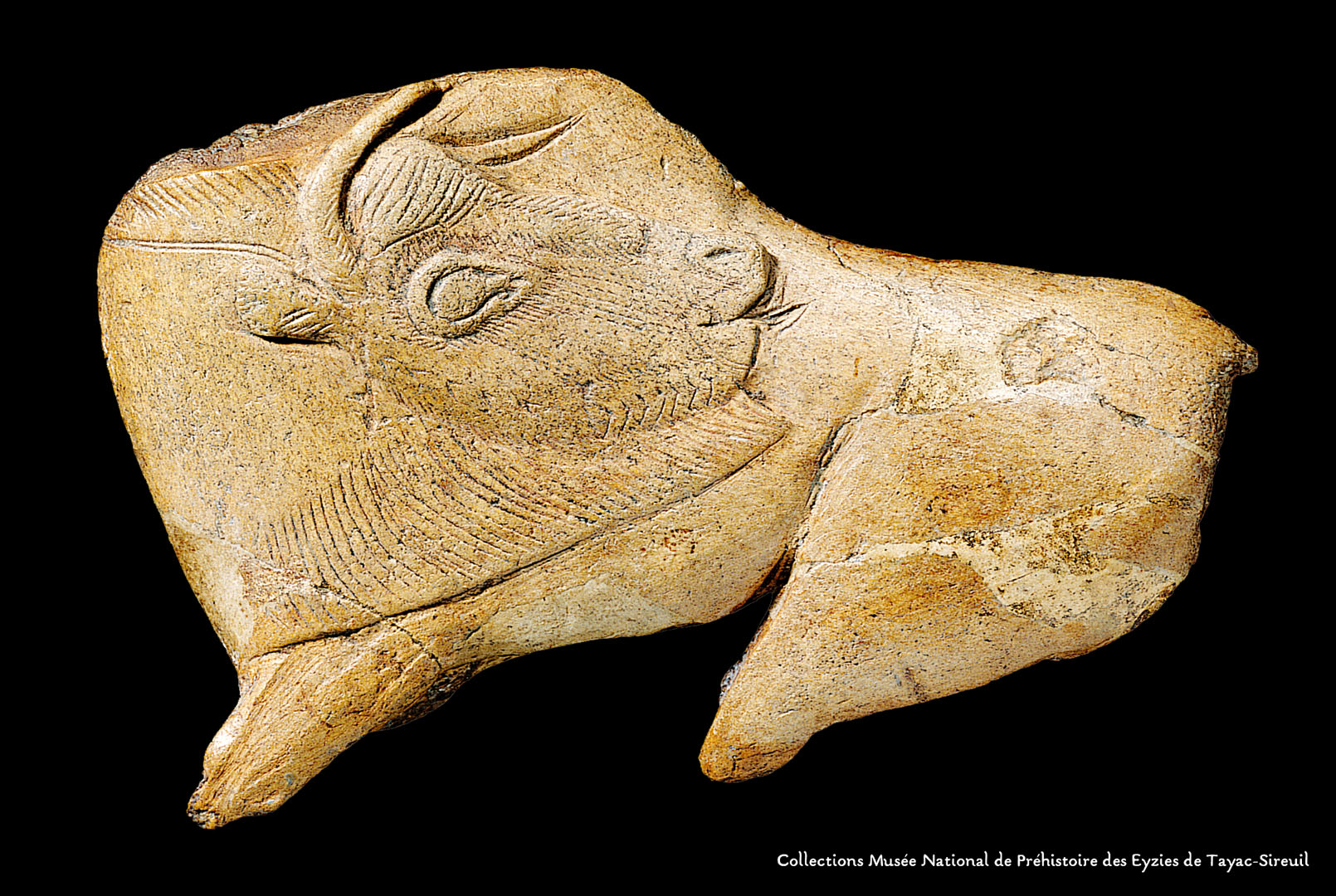

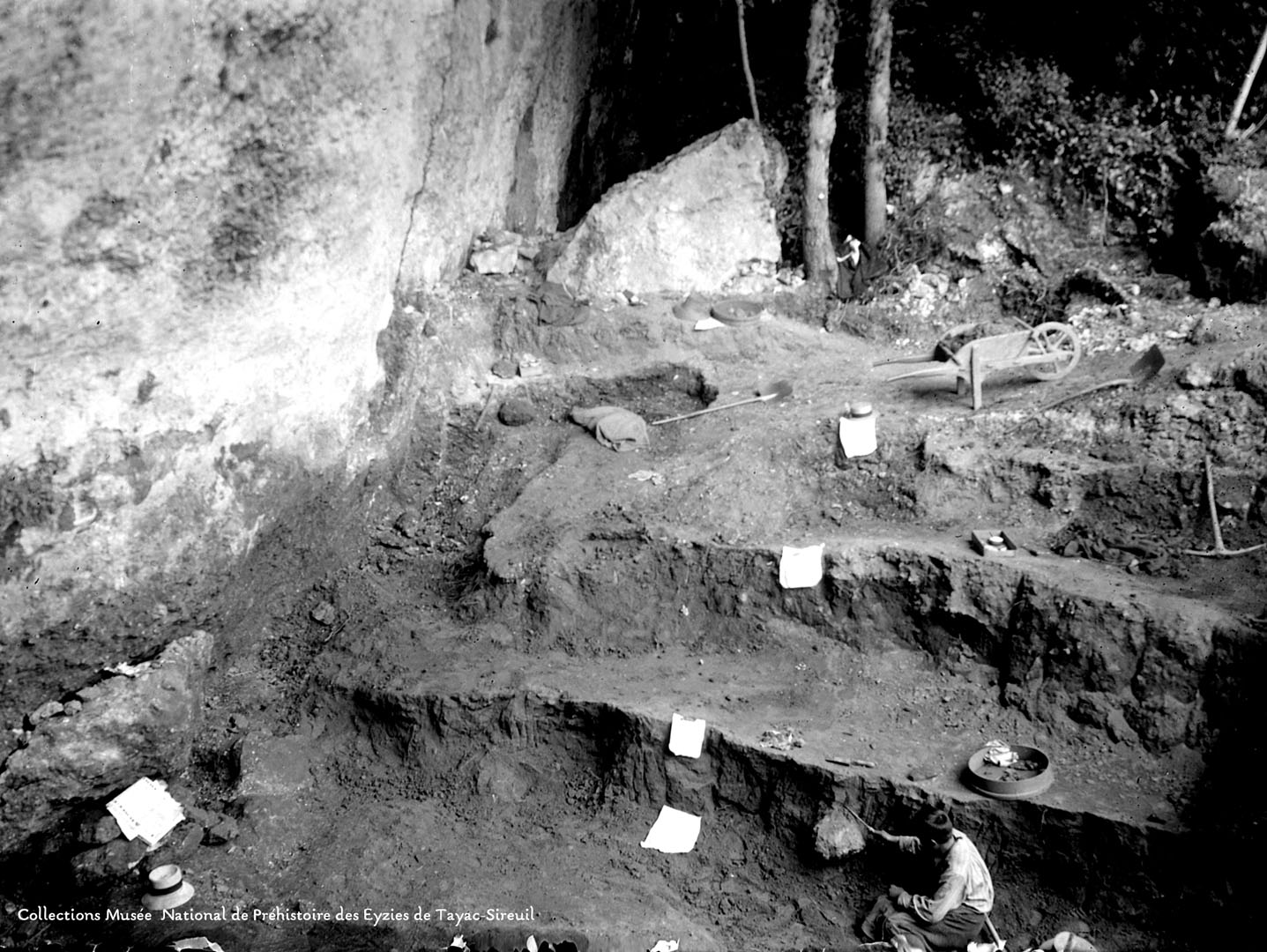
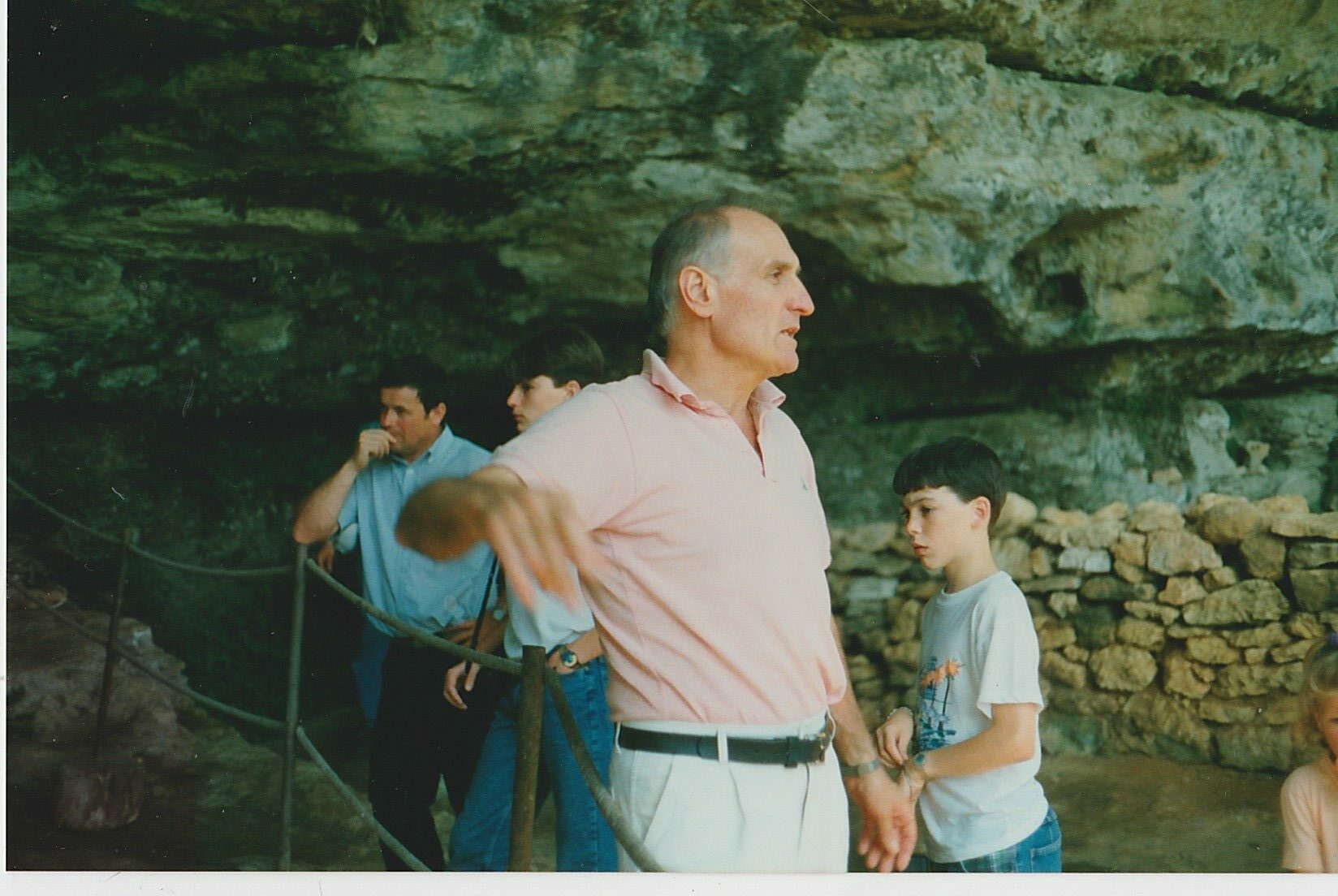

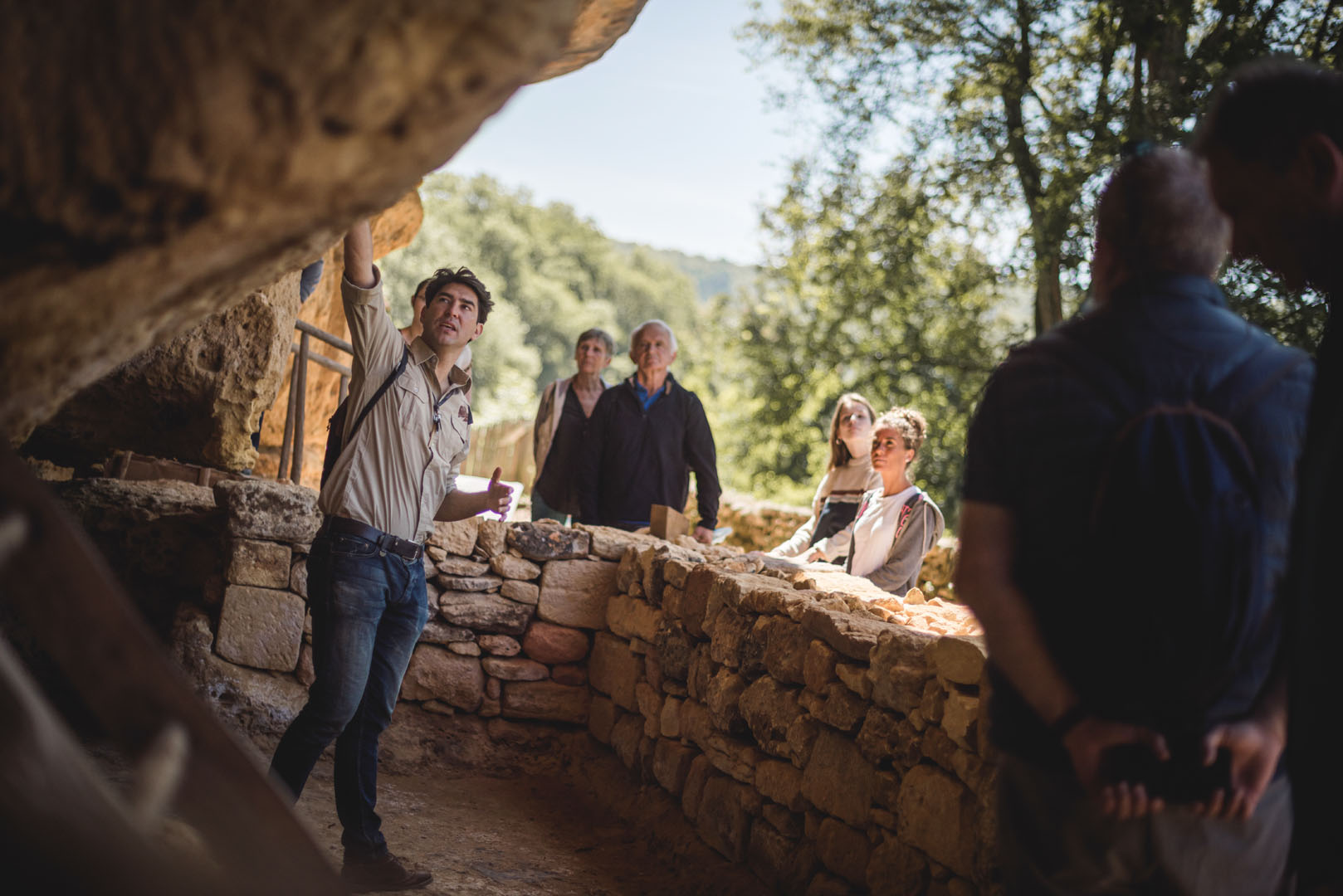
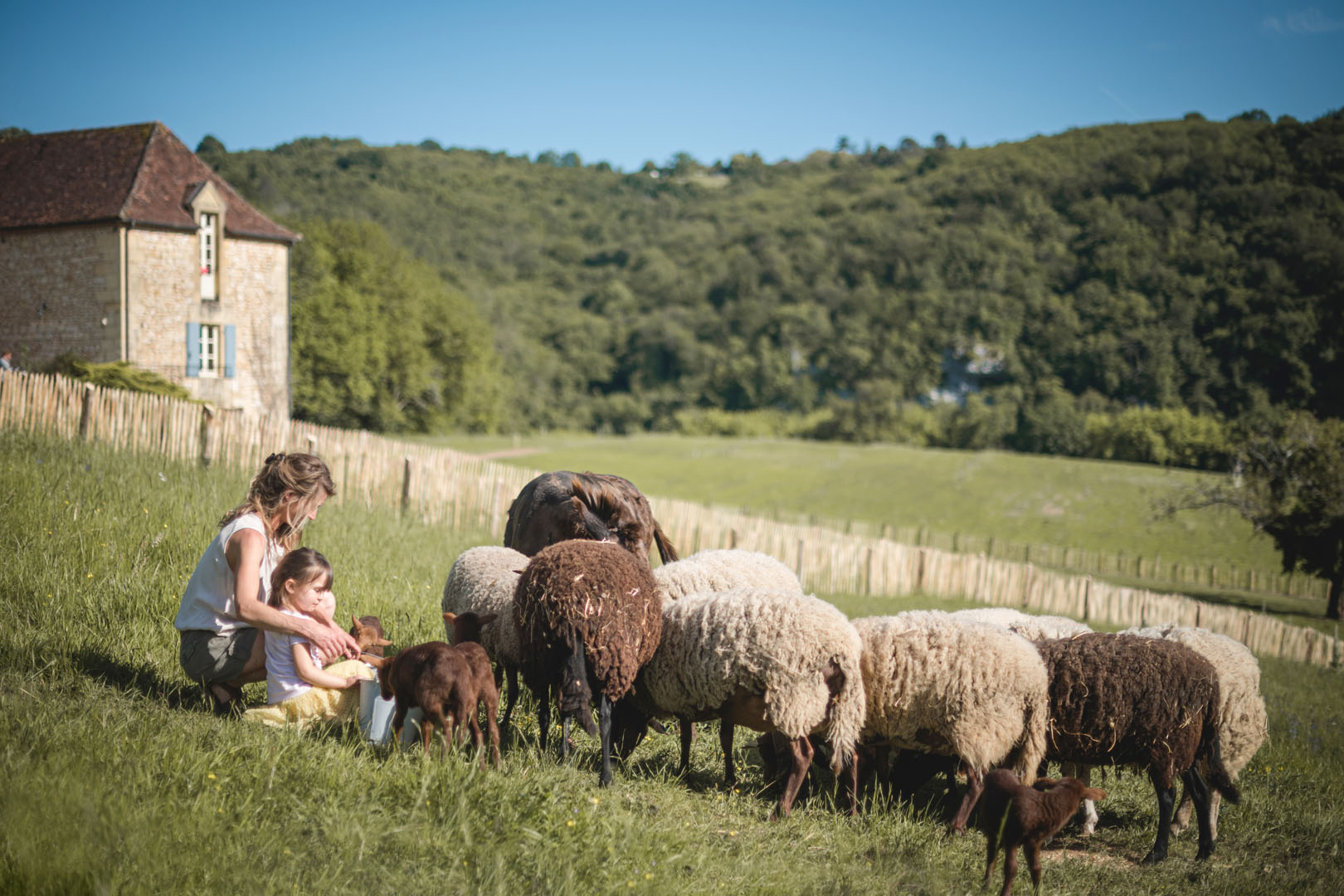
The prehistoric site of the Madeleine was discovered in 1863 by Edouard Lartet and Henry Christy, two enthusiasts of primitive art (in the 19th century, Prehistory was not yet a recognized discipline).
Convinced of the existence of prehistoric men, they decided to find out where these ancestors could have settled.
A precise study of the living areas of the hunter-gatherer populations enabled them to identify the places to excavate in France.
This is how they headed towards the Massif Central and the Vézère Valley, rich in water and rock shelters, and offering multiple ecosystems, allowing them to enjoy an important food diversity. Fairly quickly, they recognized in the cliff of the Madeleine and its surroundings, the archetype of the ideal “primitive” habitat.
From the first days of excavation at the foot of the cliff, the harvest exceeded all expectations. Flint tools with multiple shapes and uses, spears and harpoons points made of reindeer wood, most of them decorated with superb animal engravings, limestone plaques also decorated with fine engravings of horses or bison, “pierced” sticks including the use still escapes us, bone needles, pendants and ornaments …
From discovery to discovery, researchers will make an extraordinary find! A mammoth engraving made on an ivory fragment from a … mammoth tusk! For the society of the time which considered this animal to be antediluvian, this is striking proof that Man and the Mammoth were contemporaries. There is therefore a “pre-history”. The photo of the engraving made the headlines of the period.
For obvious security and conservation reasons, the prehistoric site (place of excavation) is not accessible to the general public.
A museography and guided tours will make you discover the way of life of our ancestors.
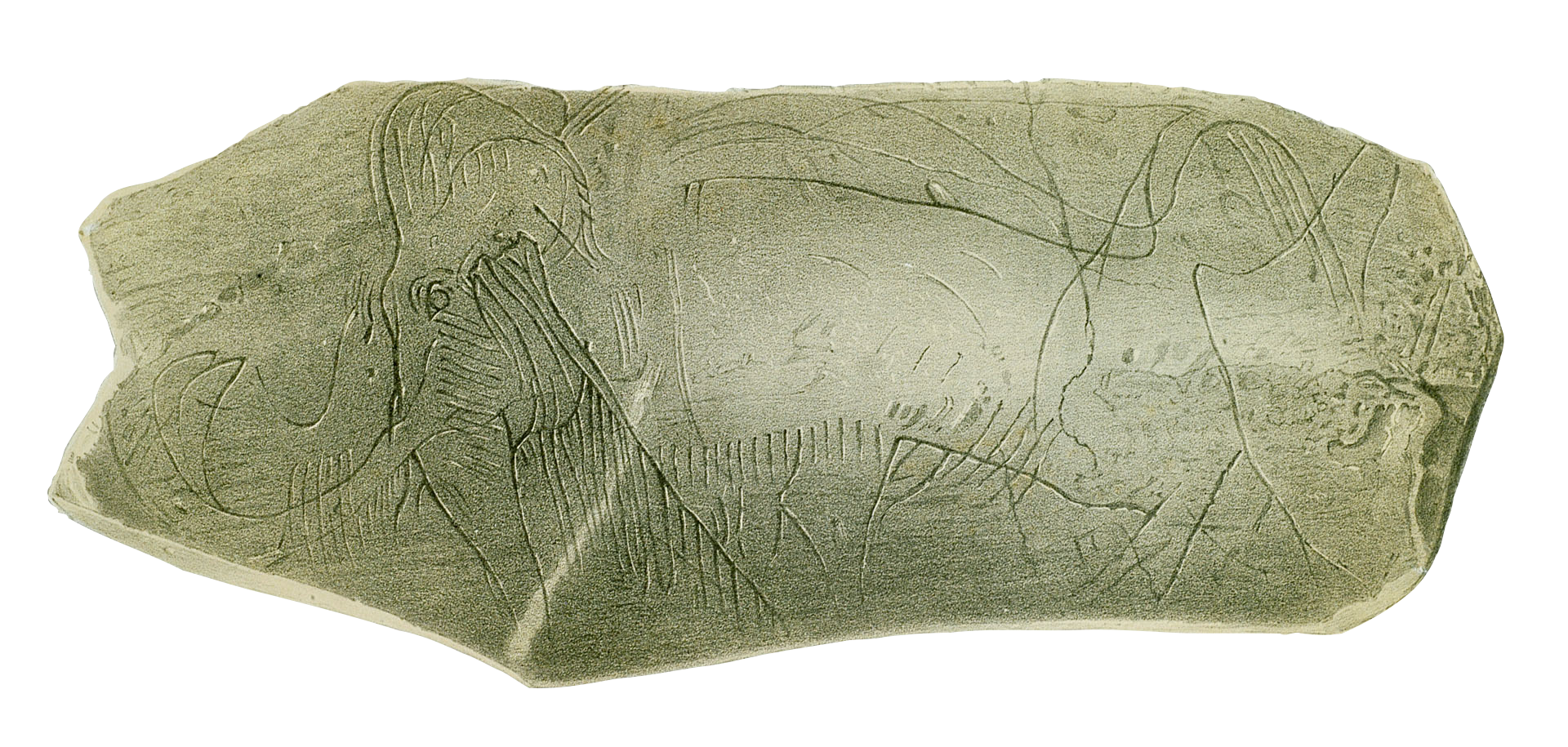
In view of the importance of this site, archaeologists decided to definitively associate the name of the Madeleine with the last culture of the Upper Paleolithic.
The site became eponymous from the Magdalenian.
Order your ticket now
The first inhabitants fled their villages, too exposed to the Norman invasions. Like many troglodyte dwellings in Périgord, the Madeleine allows them to be sheltered, protected from the looters and other brigands who ravage the Périgord de 1’An Mille.
The village is built in a long cavity that cuts into the side of the cliff. It dominates the valley and above all, it is surrounded by the river, which draws a meander in an almost complete loop at this point (a cingle). The earliest buildings bore little resemblance to the remains visible today. In the 10th century, the construction was in wood or mud. The use of stone was rare.
As for the current remains, they date a little later: The Hundred Years’ War, during which the French and English kingdoms fought over Aquitaine (which then bore the name of Guyenne). The fortified castle of Petit-Marzac was owned by a lord and his family.
The organization of the village followed feudal principles. Some traces of this period remain, including a private chapel built inside the village. Its state of conservation is exceptional, as is its architecture, which ranges from Romanesque to Gothic.
The environment of the Madeleine still offered many advantages to the peasants. The proximity of alluvial plains facilitated animal husbandry and agriculture.
On the surrounding plateaus, the forest provided a great variety of game by the masters or poached by the most humble. The Vézère was always a fundamental element: in addition to fishing there, the medieval people would quickly discover the value of using it as an axis of economic communication.
Over time, the Vézère became one of the economic lungs of Périgord. The gabarriers transport wine, wood, salt, cereals, spices and many other commodities on their boats … These medieval “highways” stimulate the local economy. All the conditions are in place to make Aquitaine one of the most prosperous regions of feudal Europe. Thus, at the Madeleine, for several centuries, generations will follow one another and live comfortably, until the industrial revolution and the arrival of the train.
Les visites guidées ou libres (avec audioguide ou livret) sont au même tarifs. Des options vous seront ensuite proposées (visite de la ferme, ateliers enfants, repas…) selon les plannings. Pour l’audioguide, munissez-vous de vos écouteurs. Si vous n’en disposez pas, des écouteurs vous sont proposés pour 2€ seulement.

Guided or unguided visits (with audioguide or booklet) are at the same price. You will then be offered options (farm visit, children’s workshops, meals, etc.) according to the schedules. For the audio guide, bring your headphones. If you don’t have one, headphones are available for just € 2.